We arrived at Kep 1 village on a rainy day. The road was paved with smooth asphalt in a checkerboard pattern, making the distance and time seem shorter. Under the light rain, the cemetery appeared before our eyes in a peaceful, quiet atmosphere. Occasionally, a wind blew, the gáo tree gently shook its leaves, like the murmur of the earth and water. It seemed as if we were listening to a story filled with memories of days gone by.
The Kep 1 village cemetery (Ia Ly commune, Gia Lai province) is one of the destinations for locals and tourists. Photo: TB
Like the tombs of the ethnic groups in the Truong Son-Tay Nguyen region, the tomb complex of Kep 1 village is a unique architectural complex. In this place reserved for the deceased to wait for the Po Thi (grave abandonment) ceremony, there is a whole world of art with rich colors, expressing profound human values in life as well as in spiritual concepts.
The tomb in Kep 1 village is a unique architectural complex. Photo: TB
According to our observations, the structure of the mausoleum here includes: the house, the space around the house and the statue. Inside are the graves and hanging some items - the property that the living divided for the deceased such as: baskets, axes, household items...
After the Po Thi ceremony, all ties and connections with the deceased are considered to have ended. From this eternal separation, the love and affection between the person who stays and the person who returns to the Atau world no longer exists. Everything in the tomb will be left to the elements, gradually rotting over the years.
Inside the tomb, there are some items hung - the property that the living gave to the deceased such as baskets and axes. Photo: TB
The tomb statues are carved from wood with very rich and diverse shapes, mainly familiar images in life that everyone has witnessed and experienced such as: mothers carrying their children, people sitting with their faces covered and crying, people sitting with their chins on their hands, pregnant women... Among them, the most common are statues of people sitting with their faces covered and crying. According to many cultural researchers, the face-covering position is the position of a fetus in the mother's womb, expressing the Jrai people's desire to be reborn in another life.
In the love and longing of the living for the deceased, statues were gradually carved into shape and form and placed around the tomb with the wish that the people in the Atâu world would have company.
Silently looking at the grave statues that have gradually rotted over time, we suddenly read to each other a passage from the poem "Tomb Statues" by poet Van Cong Hung: "Afternoon like fire burning each other's hearts/the grave statues tremble, where will the human life go/the soul will wander/the body is torn apart by wind and frost/but here is still the lingering feeling/but here is still the memory and love of a lifetime/the pain of crying without words/sinking into the wood to lull you/my dear". Perhaps there is no need for any further comments, because the poem says it all.
Statue of a person sitting with his face covered and crying. Photo: TB
What impressed us the most were the decorative lines attached to the roof of the tomb. The roof line is usually made of a flat wooden bar or corrugated iron, about 30 cm high, the length depending on the area of the tomb. At the beginning of the roof line is a circle, shaped like the sun; next to it is a symbol with one end curved like an arm reaching up. Next to it is a pattern representing the brang tree. In daily life, when the brang tree is old, it will lie down on the ground for the next season to sprout a new tree. Therefore, this pattern is also a symbol of rebirth.
Along with the brang tree, on the roof line, the remaining patterns are arranged according to different themes such as: gong performance, drinking rice wine, elephant riding... All are symbolic, expressing the Jrai people's view of life.
Patterns on the roof of the tomb. Photo: TB
For a long time, the cemetery area in Kep 1 village has been known to many people through the po thi ceremonies with rich cultural colors, the strong aroma of rice wine and the echoing sound of gongs. And, also from the times participating in that po thi ceremony, poet Dao An Duyen wrote the poem "Words of a wooden statue" with verses full of emotions: "I once wished to live a life of a giant tree/to give you shade until the end/unexpectedly, I turned into a wooden statue/carrying a rotten sadness until tomorrow/Well, we have to pass each other's lives/to mourn and cry tonight and then go away/my dear, if there is anything to regret/then we have to make an appointment for the future".
Source: https://baogialai.com.vn/tham-rung-tuong-lang-kep-1-post560442.html


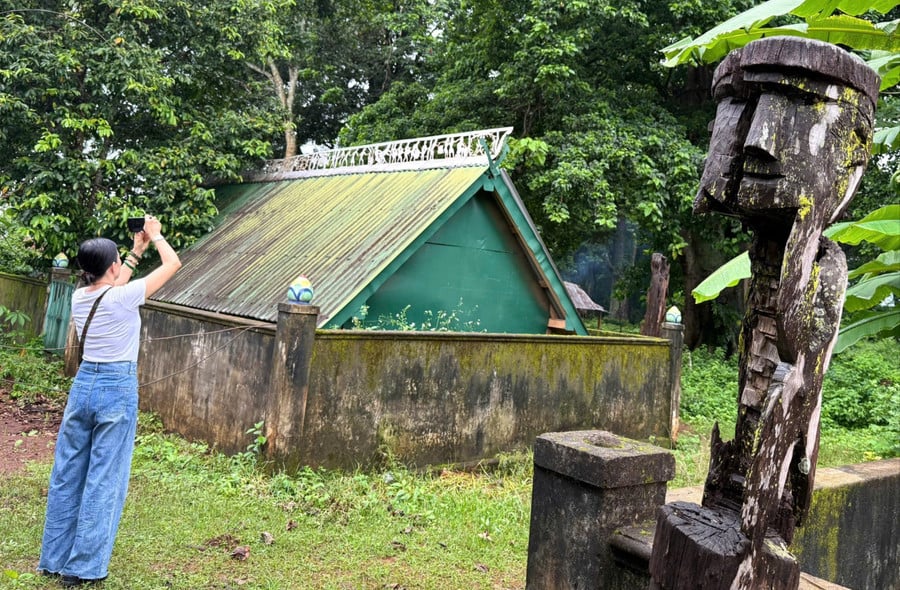
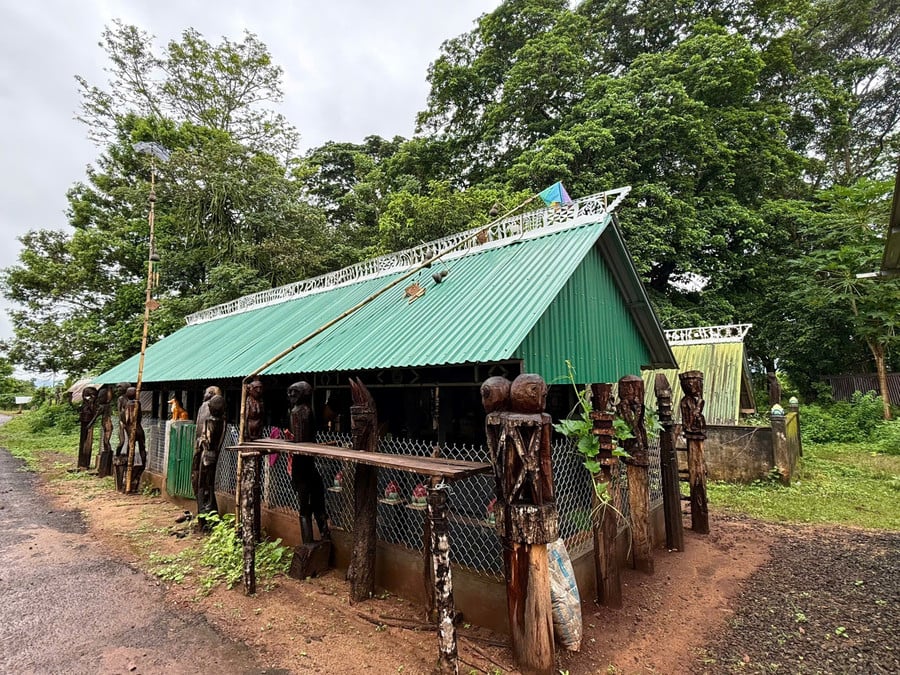
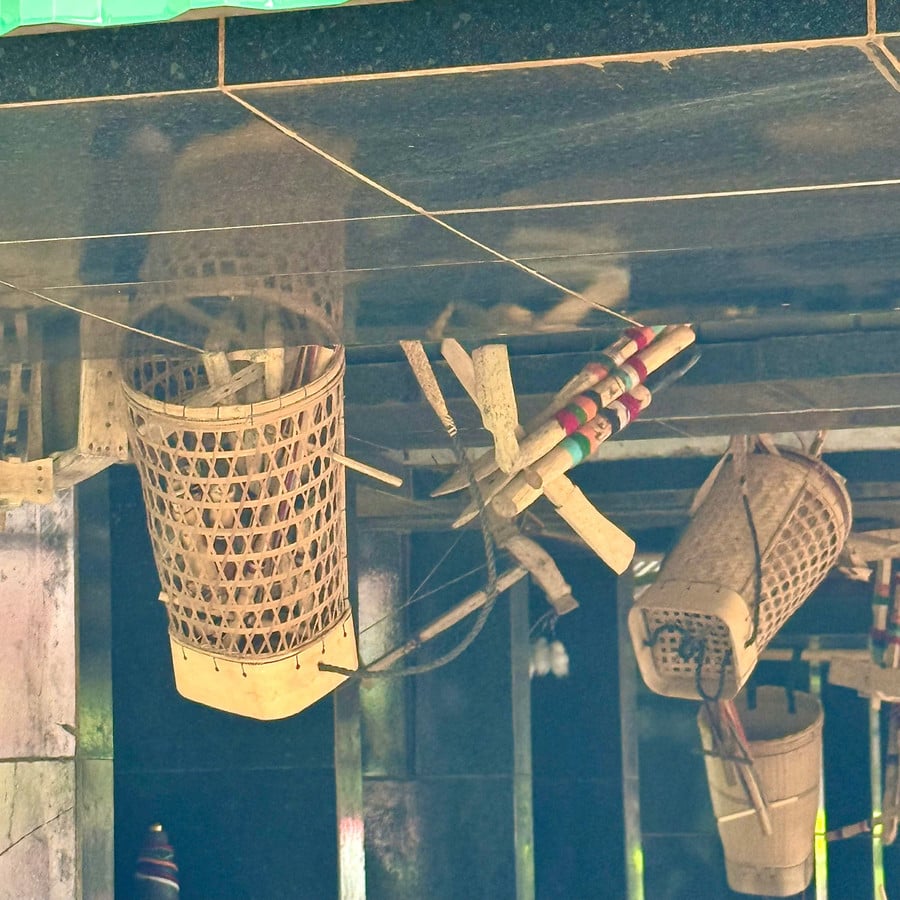
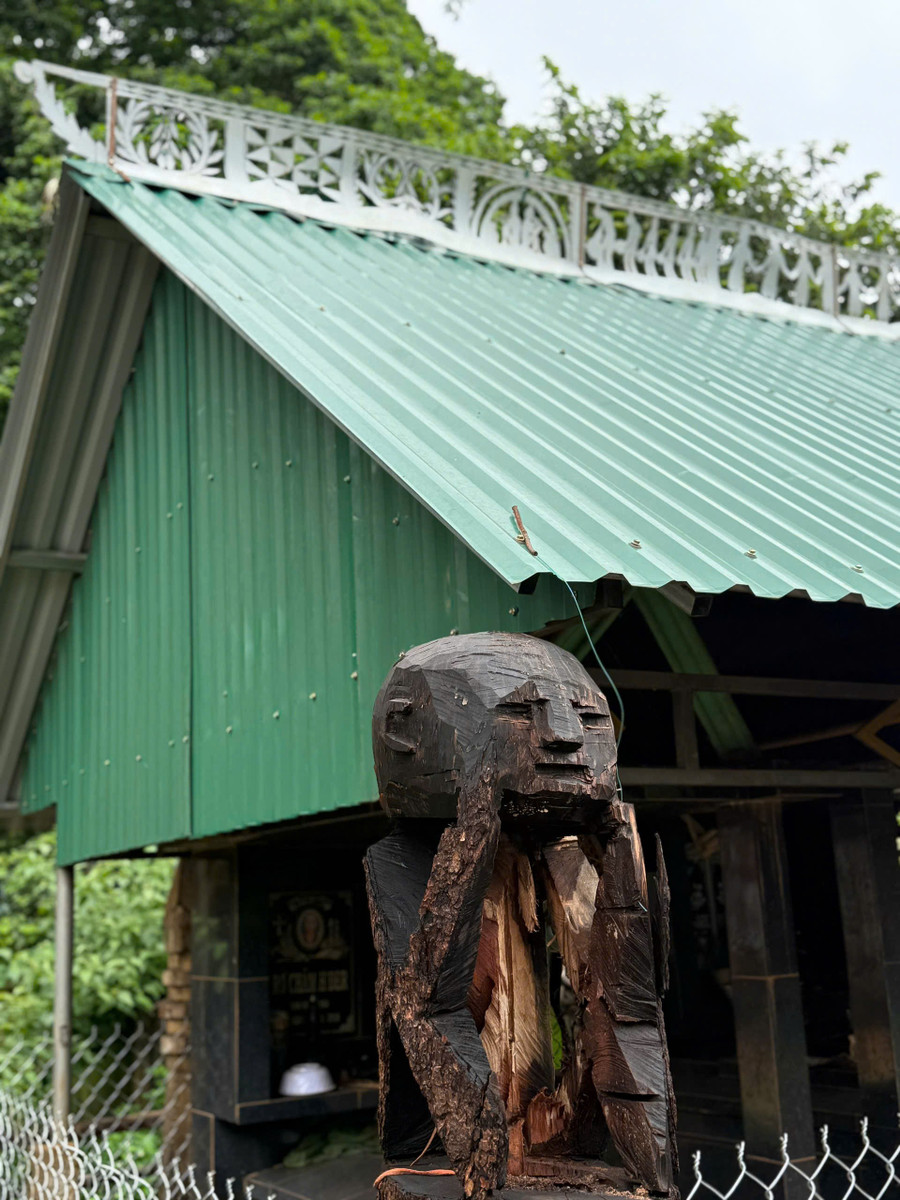
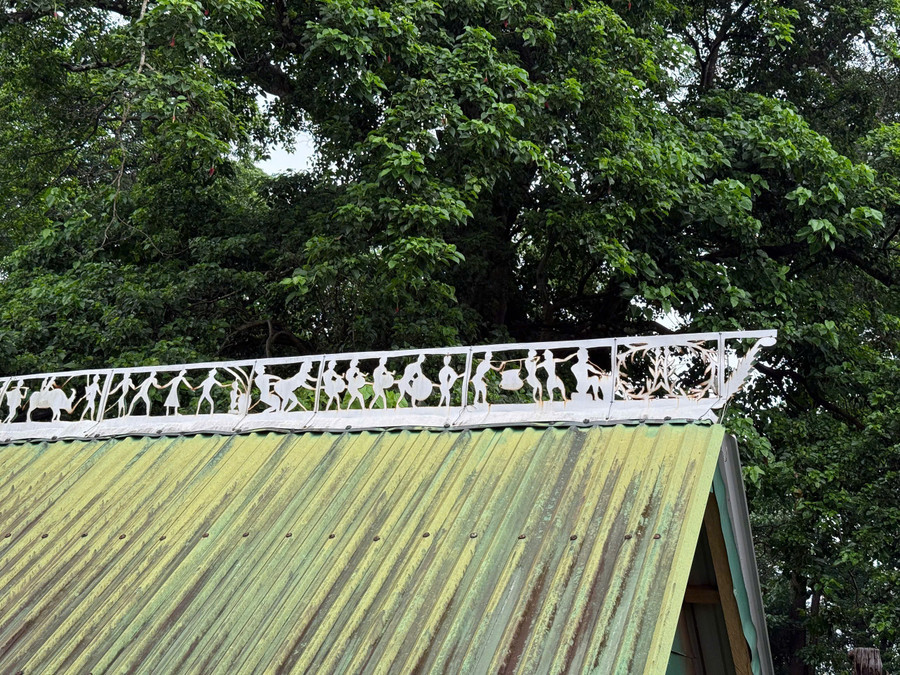

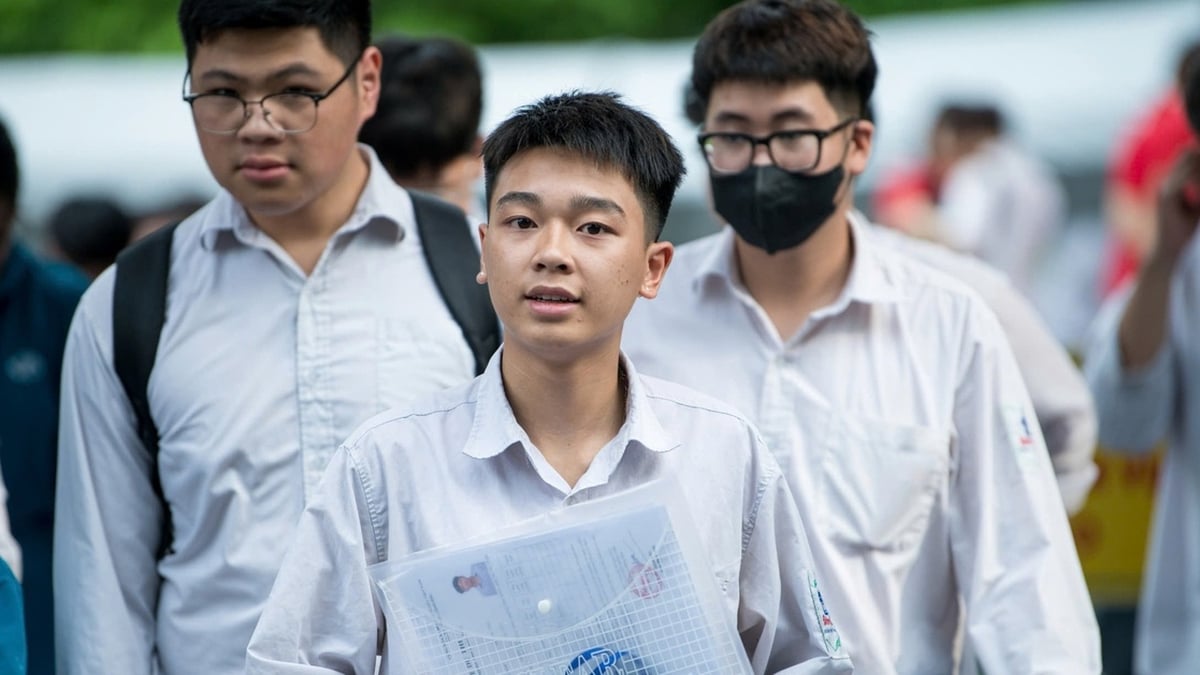
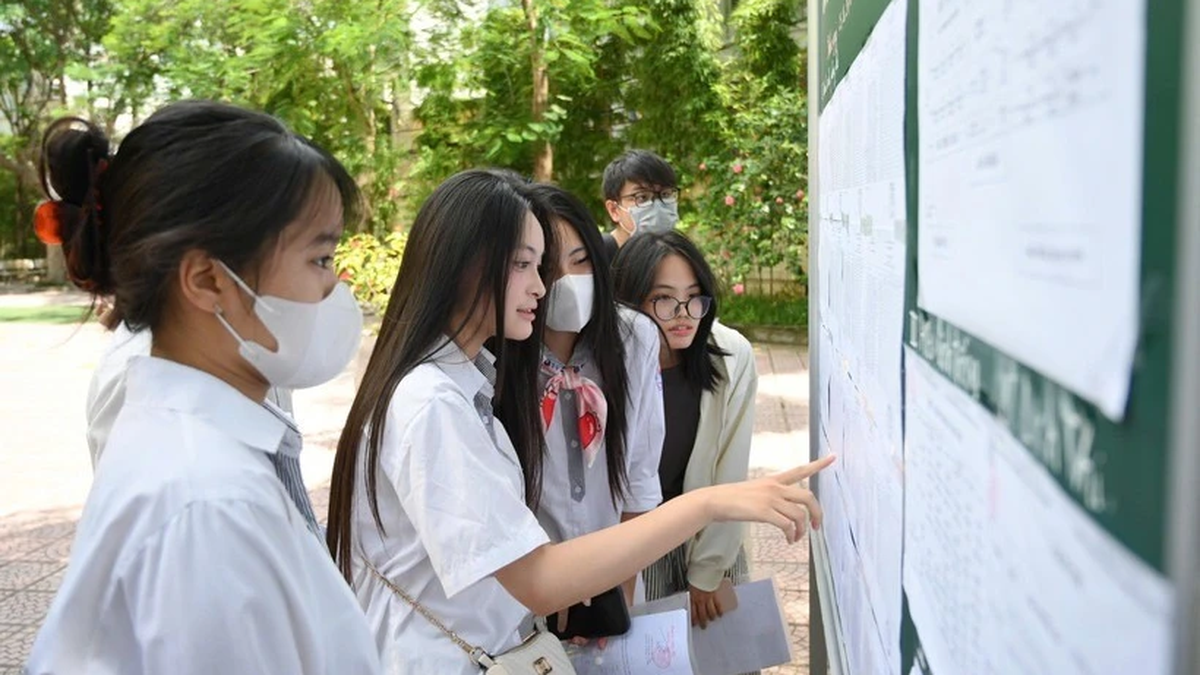
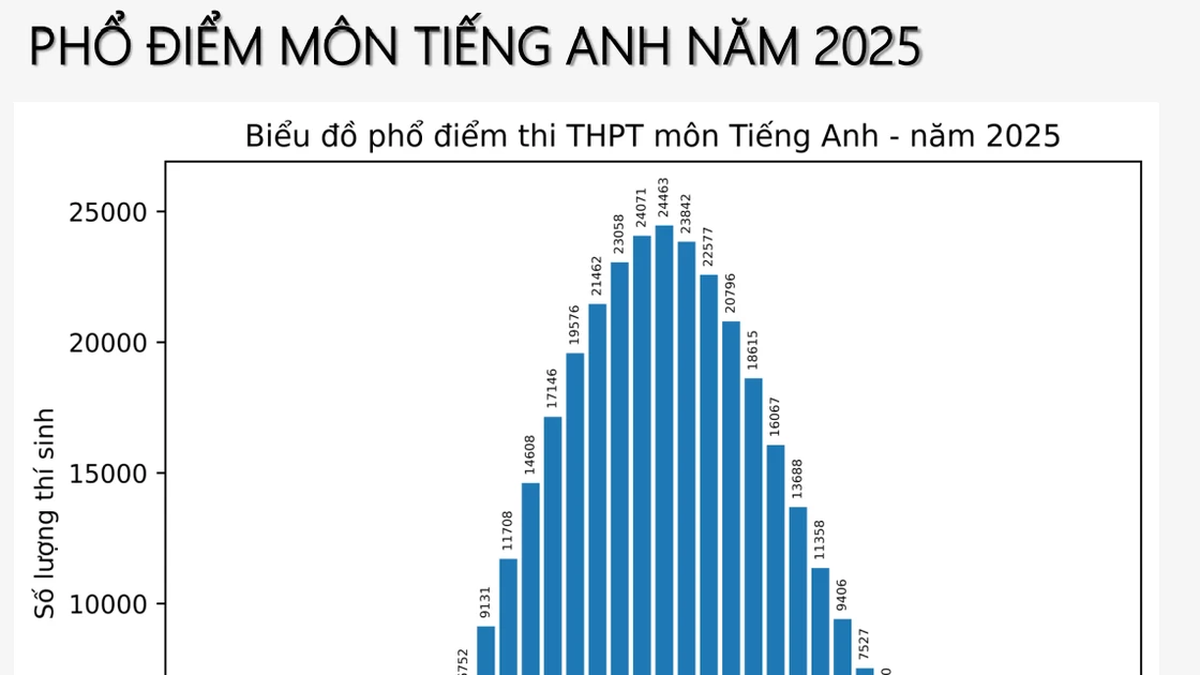
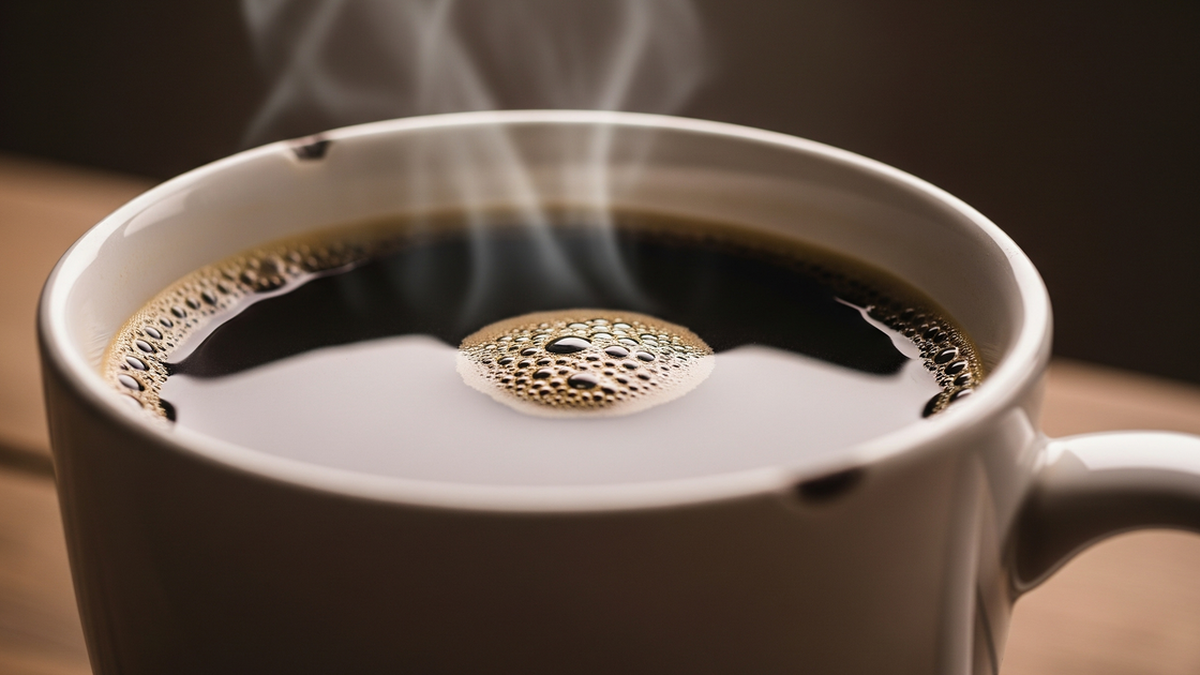


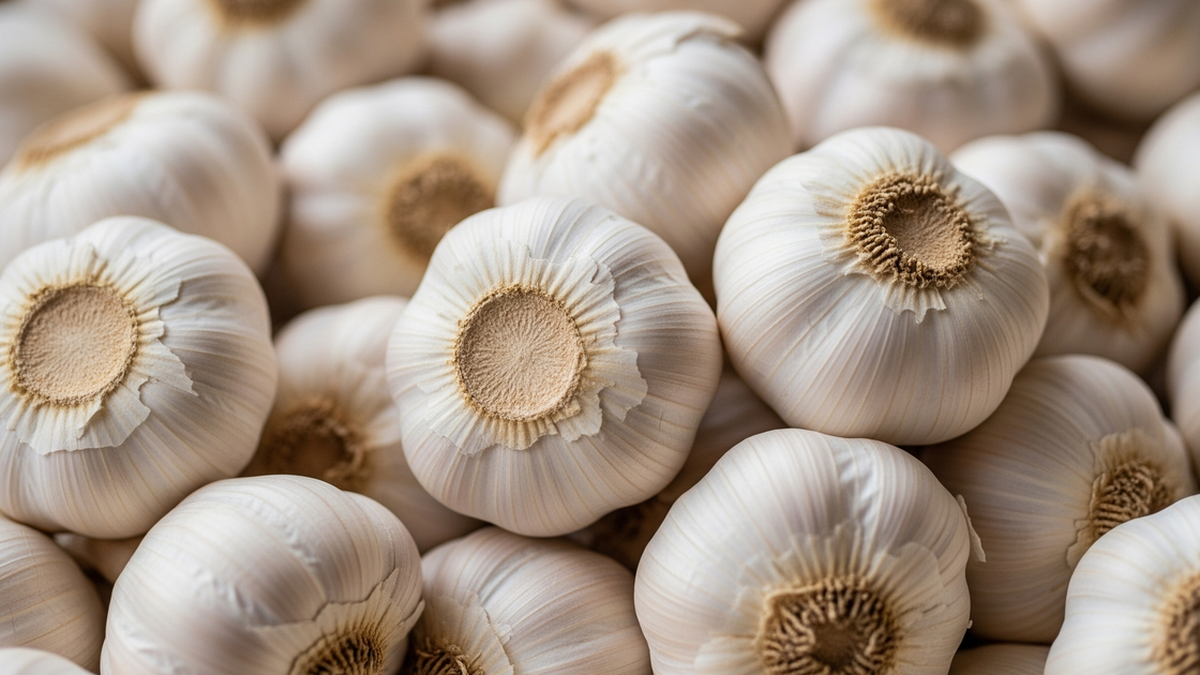
























































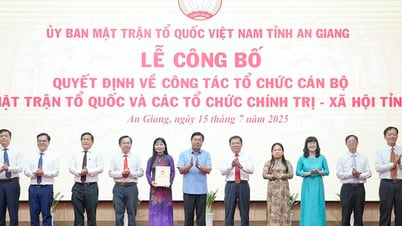


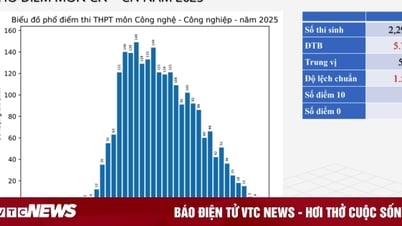



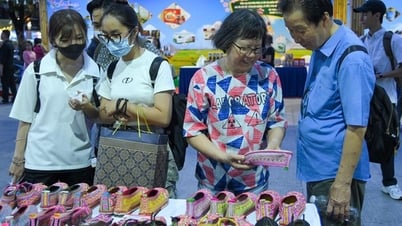

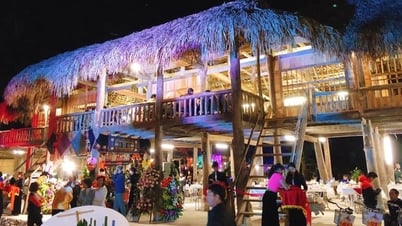























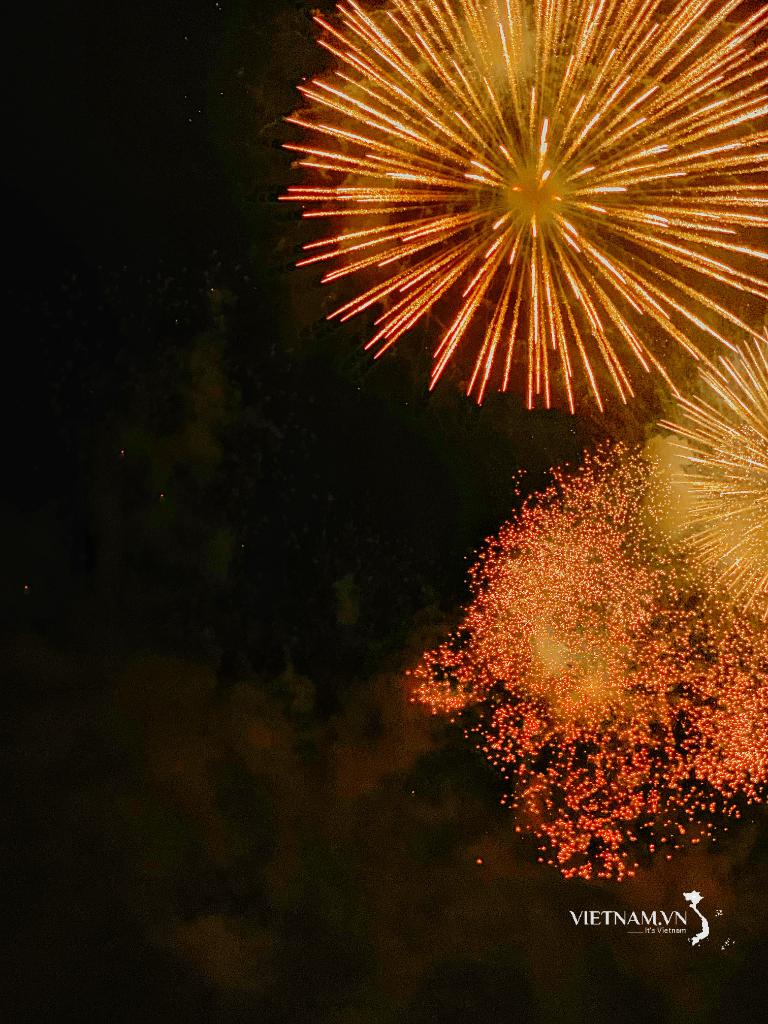


Comment (0)